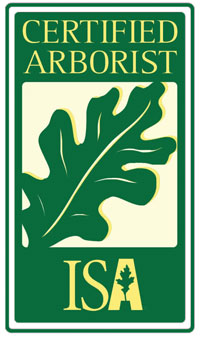Tree Planting
Home » Tree Planting
Tree and Shrub Planting
We are proud to provide high quality tree and shrub planting services throughout Edmonton and the surrounding areas. We service residential and commercial planting projects and can take care of all your tree and shrub planting needs from helping you make good decisions about tree and plant selection to the planting itself.
Whether you are a home-owner looking to add a few trees, shrubs, or perennials to your existing yard or you are looking to meet your landscaping planting requirements for your newly built house, we can help. We also provide full planting services for municipal or commercial clients.
Our team at Morris Landscaping takes special pride in providing top quality trees planted right.
Our staff stays up-to-date on proper planting best-practices for successful tree planting and all of our staff undergoes training to ensure that your trees and shrubs are planted correctly.
Tree Planting FAQ
How much does tree planting cost in Edmonton?
The most common trees that we plant in Edmonton area are either grown in a pot, or have been dug from a field and are transported in a wire basket, i.e. B&B.
Supply, delivery, and install of most potted trees range from $120.00 to $500.00 in Edmonton.
Supply, delivery, and install of most caliper tree planting ranges from around $800.00 to $1,200.00 in Edmonton.
Difficult access, larger sized trees, or certain slow-growing varieties of trees are more expensive. If you are located further from us or from the nursery with your tree, the cost may be more as well. Planting multiple trees at the same site can reduce the price. Send us your list of trees and your project details for a quote.
When is the best time to plant trees?
The very best time to plant trees in our Edmonton climate is in the spring. This provides your new tree the very best chance to establish and grow in its new location and to prepare, or “harden-off,” before winter arrives.
The second best time to plant trees in Edmonton is in early fall. In the fall, trees switch from growing branches and leafy growth to growing roots. The combination of cooler weather and less leafy growth in the fall means that your tree will have less stress and transplant better than in the summer heat.
Trees certainly can be planted throughout the summer successfully, but they will require extra care and watering to make it through the summer heat.
My new house requires a caliper tree? What is a caliper tree?
The caliper of a tree is the measurement of a tree’s trunk just above the ground (six inches above the root flare). Deciduous trees are measured by caliper. Coniferous trees are measured by their height. Your new home or property may require a certain number of trees that are a certain size to meet your municipal landscaping requirements: for example, a 2-inch caliper deciduous tree, or a 2.5 meter tall coniferous tree.
What are deciduous and coniferous trees?
Deciduous trees are trees that lose their foliage in the winter, such as Apples, Oaks, Elms, and all other leafy trees that grow in Edmonton. Coniferous, or evergreen, trees keep their foliage all year and include trees such as Pines, Fir, or Spruce.
I already have someone for my final grading for my new house. Can I just have you install trees and shrubs?
Yes. Feel free to email over a list of what you would like, or call and request to talk with an estimator to get some recommendations.
Where do you get your trees?
The vast majority of the trees we source are grown by local nurseries here in Alberta. We prefer to plant locally grown trees to provide our clients with the assurance that their new tree will thrive in our cold Edmonton climate. In upcoming seasons, some of our trees will be grown at our own tree farm here in Edmonton.
I found a tree at a local nursery that I would like to have planted. Can you help?
Absolutely! We have ongoing relationships with most of the tree nurseries and garden centres around Edmonton. If you have selected a tree that you like, simply send us the size of the tree and the nursery location, and we can send you a quote for delivery and installation of the tree.
What tree should I plant in Edmonton?
Planting the right tree in the right location is an important decision. The right tree in the right spot is an investment that can add beauty and value to your property. It is important to select a tree that fits your desired goals with the lifespan and mature size of the tree in mind. We are happy to make recommendations for great trees that fit your needs. If you would like to learn more, below are a few important factors to consider when selecting a tree for your yard.
Tree Mature Size:
Most trees can be roughly similar size when they are purchased at the nursery, but the mature size of one may be vastly different than another. Your ornamental crab apple might only get twenty-five feet tall, but your Bur oak could get over one-hundred feet tall!
Speed of Growth:
Trees grow at very different rates. Once established, a bur oak will grow around one foot per year, whereas a Swedish Aspen or poplar could grow as much as six feet in a year! However, as the saying goes, trees that grow fast die fast, and trees that grow slow die slow. If you need shade or privacy quick, a fast growing tree can be the best option. If you have space and want a beautiful tree that will age along with you for the next century, a slow growing tree such as an oak may be the best.
Site Conditions
The planned planting location can impact what tree will grow well. Not only should the prospective location have appropriate space for your future tree, but the drainage and soil quality should be taken into account. Most trees desire sunny locations with good soil drainage. Some trees like Mountain Ash won’t tolerate locations with sitting water, whereas other trees like most willows thrive in wet spots.
Hardiness Zones:
Choose a tree that is cold-hardy enough to thrive in our climate. Trees that have a hardiness zone rating of 3 or less will grow well in Edmonton. Certain areas outside Edmonton are categorized as zone 2 to zone 3. The most updated maps have listed Edmonton as zoned 4a but we would still recommend plants that are zone 3 or lower, as we still can have “test winters” where we see a lot of dieback or death on zone 4 trees. See this link to learn about Edmonton climate zones on the Edmonton Horticultural society website: https://edmontonhort.com/know-your-climate-zone/.
Tree Maintenance:
All trees require some maintenance, but some trees require more maintenance than others. Some trees, such as some cultivars of crab apples, produce ornamental fruit or seeds that can be messy, while other trees such as poplars can send up suckers throughout your yard. Some of the best trees are higher maintenance, but you may not want a higher maintenance tree for a rental property, for example. Ask us about the most prominent or impending pests or disease in the Edmonton area.
Disease:
Certain trees are susceptible to diseases that are currently prevalent in Edmonton. It is important to pick a tree that is less likely to become infected by a pest or disease in the near future. A few of the most common current diseases are listed on the City of Edmonton Website. If you are planning to have us install your trees, we are happy to provide advice regarding your tree selection so you can avoid the most disease prone tree selections.
Tree Provenance:
Where your trees are grow prior to being transplanted in your yard makes a difference in how well your trees will grow. A tree grown locally in Alberta will already be used to our climate, especially our winters, and will be more likely to transplant with less stress or chance of dieback or transplant failure. Trees grown in warmer climates are often less expensive since they grow faster and sometimes even look more shapely and lush with longer new growth from each season, but these trees are more likely to suffer stress or winterkill in their first winter in Edmonton as they acclimatize to our cold winters.
How do I care for my tree after it is planted?
After we plant your tree, we provide a tree care guide with instructions for the first few years as your new tree establishes in its new location. The tree care guide contains the information regarding how to water properly, when to remove tree stakes, and how to help your tree survive our harsh winters. For further information on trees and how to care for them, the International Society of Arboriculture also provides information for tree owners at the following link: https://www.treesaregood.org/treeowner.


